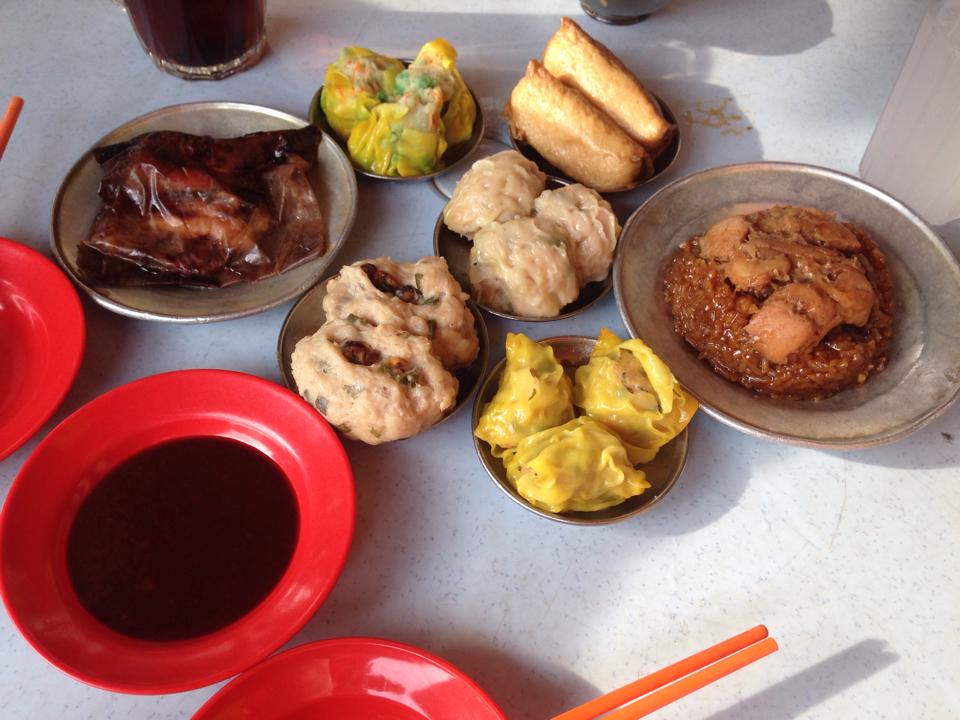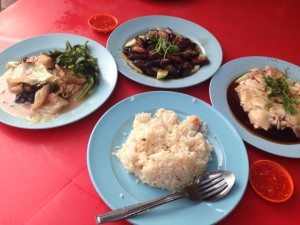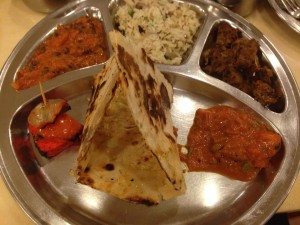Munching in Malaysia
[dropcap]S[/dropcap]o you’re heading to South East Asia – the food, the culture, the scenery, the food. The question then becomes, where do you go? India? China? Thailand? It’s certainly a perplexing question. How do you begin to choose? The answer is pretty simple: you don’t need to choose at all.
Malaysia has every single one of these cuisines to offer, authentically made and outrageously cheap.
For the sake of full disclosure I will admit that time spent living in the country may have imparted upon me a slight bias. Nonetheless, I’d suggest this situates me well to comment on precisely what Malaysia’s food scene has to offer. However, before we look at the myriad of food options, containing influences from all around South East Asia, let’s first examine Malaysia’s unique ethnic composition to work out where the origin of so many cuisines lie.
As you’d expect, mainland Malay form the majority of the population responsible for local Malay dishes such as: Beef Rendang (spicy/creamy beef stew), Nasi Lemak (breakfast dish including coconut rice, anchovies, toasted peanuts and cucumber slices) and Ayam Goreng (classic fried chicken variant). As a side note, the local Penang (small Island off of Malaysia) favourite char kway teow (Chinese influenced local Malay dish) is perhaps my most adored meal: large flat noodles wok fried in burnt oil with plenty of soy sauce and chili paste – with a few prawns/beansprouts/greens – to produce a unique smoky bed of taste sensation.
The next largest demographic are Chinese, the various ethnicity groups originating from China total somewhere in the region of 6 million inhabitants of Malaysia. That said, let us consider some of the more quintessentially Chinese meals available to one in Malaysia. Noodle dishes are perhaps the first dish that might spring to mind, and of course, chicken noodle soups are some of simplest food pleasures imaginable.However, one musn’t forget other Chinese delicacies, such as Hong Kong’s dim sum (small bite sized portions of meats/fish/vegetable in small rice based dumplings). In a similar vein to the dim sum, the much larger sweet dumplings, bread-like and containing steamed meats and/or vegetarian dishes known as bau/pau, are particularly delicious takeaway snacks.
Finally, we must turn our sights to the Malay Indian population, perhaps saving the best for last. The colourful, spicy cooking of India has to my mind fused the most easily with local Malay cooking. Broadly, northern Indian cuisine features a lot more meat based and luxuriant curries, whereas the southern cuisine produces perhaps the most fantastic vegetarian recipes in Asia – possibly the world. Roti Chani is one such example of the melding of Indian/Malay cuisine, and is one of Malaysia’s (if not the) most beloved dish. This combination of the fried Roti bread, flicked repeatedly during cooking to produce a delicious flaky quality, couples gorgeously with famous south Indian vegetarian curry known as daal (which unsurprisingly uses dal as its main lentil ingredient).
In this same vein, the larger dosa masala is a kind of savoury pancake wrap containing potatoes, curry, rice, methi and other ingredients, served with chutneys and daal.
To single out a specific curry from the array of delicious options would be criminal. We in Britain are all too familiar with the options and their culinary excellence – in the light of curry in recent years having become the nation’s favourite dish. But needless to say the authentic Indian curries one can find in Malaysia will certainly give your local curry house a run for its money.
So, if you are ever in the near future faced with the question: where shall I visit in South East Asia? I’m confident you’ll now know what to do.



Comments